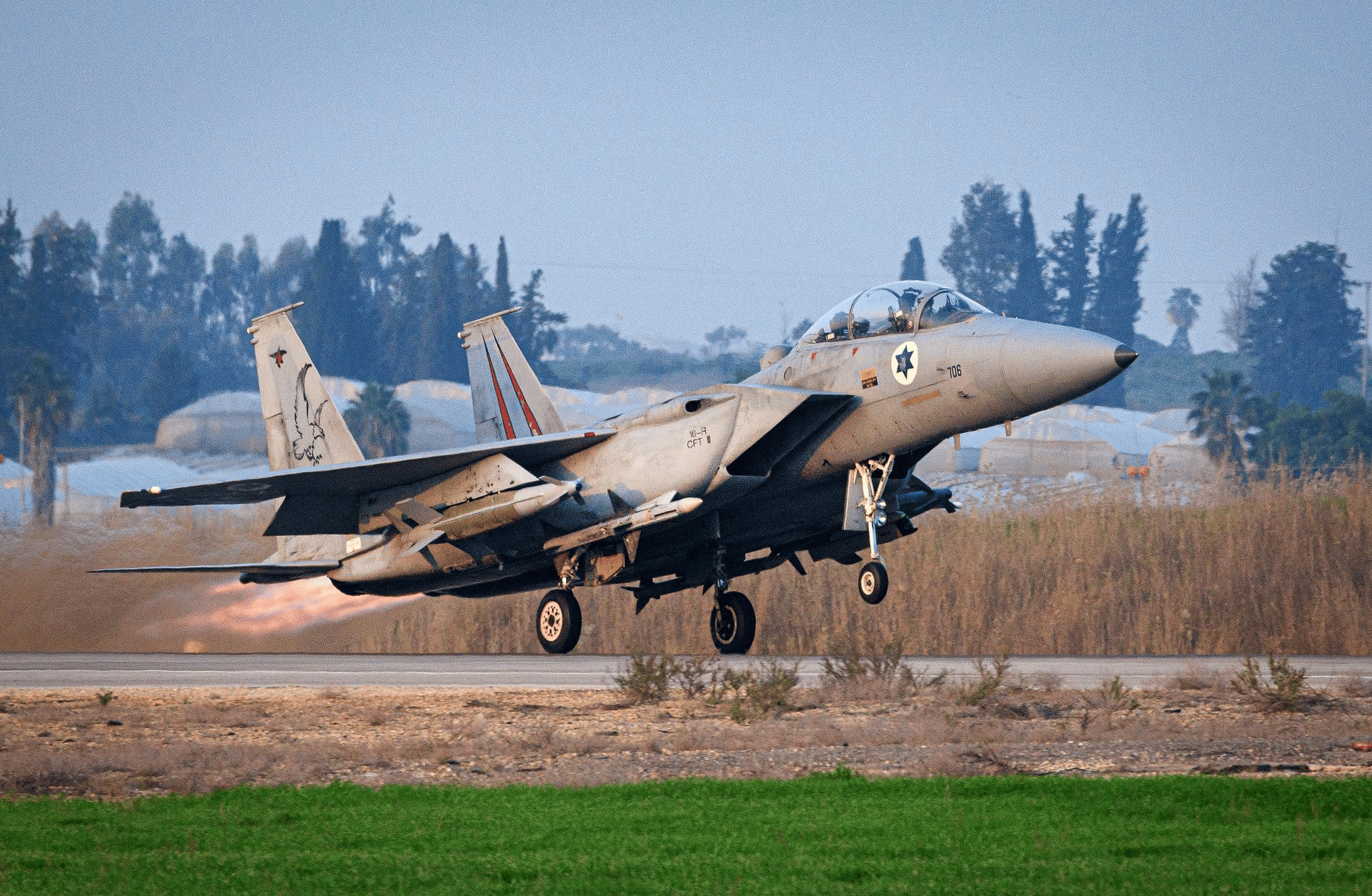Israel Achieves Air Superiority Over Iran in 48 Hours, Exposing Military Gaps
In 48 Hours, Israel Took Iran’s Skies—Something Russia Failed to Do in Ukraine in 3 Years
This article explores how Israel rapidly achieved air superiority over Iran, contrasting it with Russia’s prolonged failure to dominate Ukraine’s skies. It highlights the strategic, technological, and operational differences that enabled Israel to cripple Iran’s air defenses within just 48 hours.

Within just 48 hours of launching its military campaign, Israel claimed air superiority over western Iran including the capital, Tehran. Israeli fighter jets are now bombing from within Iranian airspace itself, instead of relying solely on long-range, costly missiles. This marks a significant strategic achievement, especially when compared to Russia’s ongoing failure to gain control of Ukraine’s skies more than three years into its war.
Israel’s dominance over Iran’s airspace is not just about having planes it’s about precision, coordination, and speed. This is exactly what Russia had hoped to accomplish in Ukraine, but failed.
So why did Russia fail where Israel succeeded?
Despite being one of the largest air forces in the world, the Russian Air Force has not achieved full air superiority in Ukraine since the invasion began in February 2022. Instead, the conflict devolved into a slow, grinding, and expensive trench war. In contrast, Israel’s campaign against Iran evolved in precisely the opposite direction.
“A comparison between the two campaigns shows just how critical air superiority is to achieving your broader military objectives,” said retired U.S. Air Force Lt. Gen. David Deptula. “In the case of the war between Israel and Iran, air control allows Israel complete freedom of action to strike in areas where it has aerial dominance.”
Experts say the key difference lies in planning and execution. While the Israeli Air Force is smaller, it is far more agile, tightly integrated with cyber and intelligence capabilities, and equipped with specially modified fifth-generation F-35 fighter jets.
High-Risk, High-Precision Missions
“In the past 24 hours, we have completed an aerial corridor to Tehran and conducted an air penetration battle,” said IDF Chief of Staff Lt. Gen. Herzi Halevi. “Air Force pilots are flying at great personal risk, hundreds of kilometers from Israel, and attacking hundreds of different targets with great precision.”
Once Iran’s air defense systems were mostly disabled, older aircraft like the F-15 and F-16 also joined the fight, now dropping short-range precision-guided JDAM and Spice bombs; cost-effective, widely available, and deadly.
Learning from Ukraine, But Facing a Weaker Foe
Military analysts agree that Iran’s air defense systems were easier to neutralize than Ukraine’s. “Israel achieved surprise and control over Iran’s air defense systems, which represent a simpler array to overcome compared to Ukraine,” said Michael Kofman of the Carnegie Endowment. “The qualitative gap between the Israeli and Russian air forces is vast.”
Retired British Air Marshal Edward Stringer pointed to cultural and training differences: “The Russians only have pilots. They train them to be flying artillery drivers, and that’s it,” he said. By contrast, the IDF integrates cyber, air, and intelligence capabilities with exceptional synchronization.
Iran Was Deliberately Caught Off Guard
Unlike Ukraine, which received early warnings of a Russian invasion and dispersed its air defense assets in early 2022, Iran was deceived. Israel’s threats were timed to appear as part of the pressure around scheduled U.S.-Iran talks set for June 15 but the war began instead on the 13th.
Israeli covert operations destroyed key Iranian air defense nodes with short-range drones, while intelligence teams assassinated senior IRGC officials. Israeli geopolitical analyst Michael Horowitz noted: “What Israel did to Iran this is what Russia wanted to do to Ukraine… but Iran’s regime being deeply unpopular made infiltration easier.”
Israel’s Multi-Layered Air Defense Blunts Retaliation
Despite maintaining air superiority, Israel continues to face ballistic missile attacks from Iran. Many have been intercepted, though some did reach cities like Tel Aviv. The IDF confirmed that “the vast majority of missiles were intercepted,” while admitting that “in some cases, there were strikes on buildings.”
Israel’s air defense includes several layers:
Why Iran’s Air Defense Collapsed
Iran relied on a fragmented and poorly coordinated mix of Russian S-300s, Chinese batteries, and domestic systems not integrated into a cohesive, functioning array. Crucially, Iran invested more in offensive missiles and proxy forces than in protecting its own skies.
“Iran never relied solely on air defense to repel such attacks. They always banked on deterrence,” said Fabian Hinz of the International Institute for Strategic Studies. But that deterrence especially Hezbollah has been neutralized in the past year, physically cut off from Iran.
Additionally, Israeli strikes on Syrian air defenses have already created a practical corridor for Israeli jets to enter Iranian airspace. Tehran’s underinvestment in homeland air defense has now proven to be a disastrously costly gamble.
Hitting the Source: Israel Targets Iran’s Missile Launchers
Israel’s next move is clear: stop future launches by striking the launchers on the ground. “The best way to intercept a missile is when it’s still on the ground, inside a container,” said retired U.S. Gen. Timothy Ray. “What the Israelis are doing is consistently leveraging the advantage they have.”
Civilian casualties are rising on both sides, but strategically, time now appears to be on Israel’s side.
This aerial campaign is drawing global attention. Defense planners from Washington to New Delhi are analyzing it in detail.
As British Air Marshal Martin Sampson summarized: “From Israel’s side, the objective of the campaign is destruction and attrition and Iran simply lacks the ability to respond in kind.”
The confrontation between Israel and Iran: like the war in Ukraine, exposes hard truths about modern warfare.
The central one: He who controls the skies—controls the war.
For real-time, minute-by-minute updates on the Israel-Iran war, visit out Live Feed.